Timber List
| Commonly used timbers in Crafted Products such as Boxes Some species used in exterior signs | ||
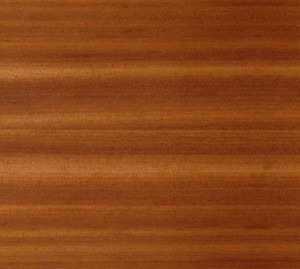 American Walnut American WalnutJuglans nigra Colour The wood of the jarrah tree varies in colour from a rich reddish brown to a soft salmon pink, depending on the age of the tree. The colour usually darkens with exterior exposure. Grain and textureJarrah has a clean smooth surface and dense, straight grain making it much sought after for fine indoor and outdoor furniture, flooring and mouldings. Resource managementA very large proportion of the Western Australian jarrah forests is publicly owned and managed on a sustainable yield basis by The Government Department of Conservation and Land Management. Some Products | ||
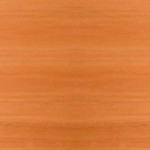 Khaya Mahogany Khaya Mahogany(Khaya ivorensis) The species is reported to be found in all the timber producing areas of West Africa, from Ivory Coast to Gabon and Cabinda, and is primarily found in the Ivory Coast, Ghana, and Nigeria. Unlike other Khaya species which do not require much rainfall, it is reported to grow in the rain forest in low-lying areas within its range. The tree is reported to reach heights of 110 to 140 feet (33 to 43 m), with trunk diameters of up to 6 feet (1.8 m). The tree usually develops straight, well-formed boles that measure about 40 to 80 feet (12 to 24 m) above strong buttresses that are reported to be up to 8 feet (2.5 m) high. Some Products | ||
| ||
( Thuja plicata Donn ex D. Don ) Dimensional Stability Western Red Cedar has twice the stability of most commonly available softwoods. The stability is a result of its low density and shrinkage factors. It lies flat, stays straight, and holds fastenings tightly. Workability Western Red Cedar produces long, lightweight lengths of timber with a fine, straight grain and uniform texture that make it easy to cut, saw and nail with common tools. These features also contribute to its ability to be planed to a smooth surface or machined to any pattern. The lack of pitch and resin allows Western Red Cedar to hold glue bonds from a wide range of adhesives and provide a firm base for many types of paints and stains. Natural Preservative Western Red Cedar is one of the world's most durable woods. Natural resistance to moisture, decay and insect damage has long made Western Red Cedar the premier choice for either interior or exterior home use. Cedar fibers in the heartwood contain natural preservatives that are toxic to decay-causing fungi. The two principal extractives that are responsible for the decay resistance are Thujaplicans and water-soluble phenolics. The tree's ability to produce these extractives increases with age, making the outer regions of heartwood the most durable. Flame Spread and Smoke Development Ratings Western Red Cedar has flame spread and smoke development classifications that are superior to the minimums set by most building codes, which permit the use of cedar heartwood without preservative treatments. All-Weather Western Red Cedar is one of the few wood species that are naturally at home in the outdoors. Properly finished, Western Red Cedar will last for decades, even in harsh environments. Its natural resistance to moisture, decay and insect damage make it the ideal choice for a surface that is exposed to sun, rain, heat and cold all year round. Some Products | ||
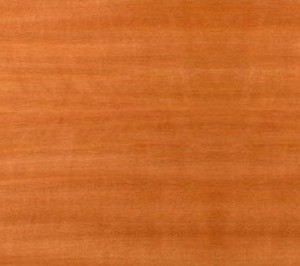 Queensland Maple Queensland Maple(Flindersia brayleyana) A medium sized tree attaining a height of 40 m and 2.5 m in stem diameter. The trunk is usually well formed, circular in cross-section and not buttressed. The bark, which is approximately 12 mm thick, is grey to brown in colour. It has fairly distinct longitudinal fissures. In older trees these fissures are not so marked owing to a tendency to scaliness. Restricted in its distribution to northern Queensland rainforests between Townsville and the Windsor Tableland. Timber of this species is now of very limited commercial availability as the main areas in which it occurs have received World Heritage listing. Some Products | ||
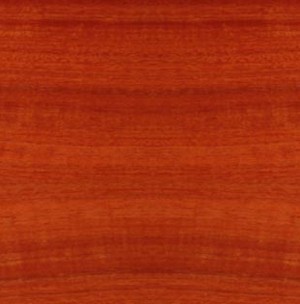 Red Gum Red GumRiver red gum (Eucalyptus camaldulensis) is the most widely distributed of all eucalypt species, occurring in all mainland states from 12.5 - 38 0 S. It is typically found along permanent and ephemeral watercourses. It grows under a large range of environmental conditions - from sub-humid to semi-arid - and the mean annual rainfall range is mostly within 250 - 600 mm. It is a large-boled medium-to-tall sized tree. As expected with a species with such a broad geographic distribution, provenance differences are marked, and the sub-tropical and tropical provenances are not suitable for farm forestry use in dryland southern Australia. While the timber is useful for heavy construction, flooring, framing and fencing, the species often suffers from form problems, making utilisable logs hard to produce. Studies conducted by CALM and others indicate that Lake Albacutya and Laura from South Australia may be the best provenance selections for overall form and growth. Some Products | ||
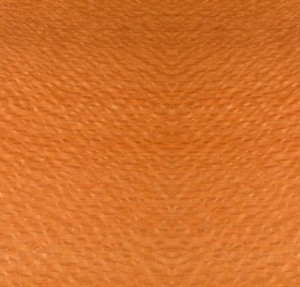 Silky Oak Silky Oak(Cardwellia sublimis) A large tree commonly attaining 40 m in height and 2 m in stem diameter. The trunk, usually without buttresses, is normally straight. The bark is slightly flaky to non-descript. The outer blaze is commonly biscuit-brown in colour. This species has a limited distribution in north Queensland between Mt Spec, near Townsville, and Bloomfield. Timber of this species is now of very limited commercial availability as the main areas in which it occurs have received World Heritage listing. Some Products | ||
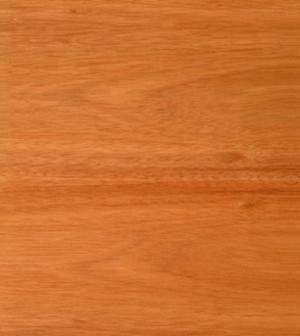 Wattle Blackwood Wattle BlackwoodAcacia melanoxylon is an extraordinarily beautiful timber that is highly regarded by fine cabinet makers. It has quite distinctive colours, ranging from reds and browns, orange and salmon pink, through to a deep chocolate colour. Blackwood is of the humble Wattle family of timber, and is found mainly in Tasmania and the wetter parts of Victoria. Because of its increasing popularity and greater demand the supply of Blackwood is limited. Originally used for furniture in Tasmania in the 19th century, it was largely ignored for furniture purposes until about the 1980s. In recent years it has been used in many attractive kitchens, and, more recently, in fine furniture. Some Products | ||


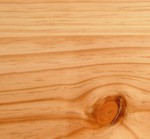 Radiata pine
Radiata pine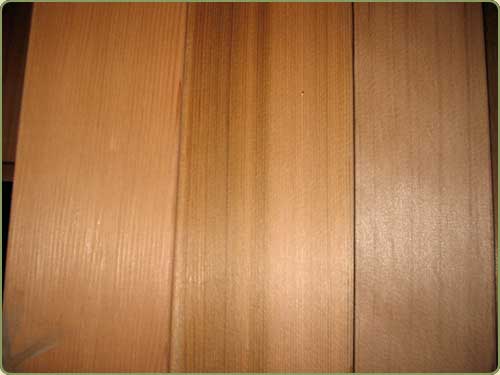 Western Red Cedar
Western Red Cedar